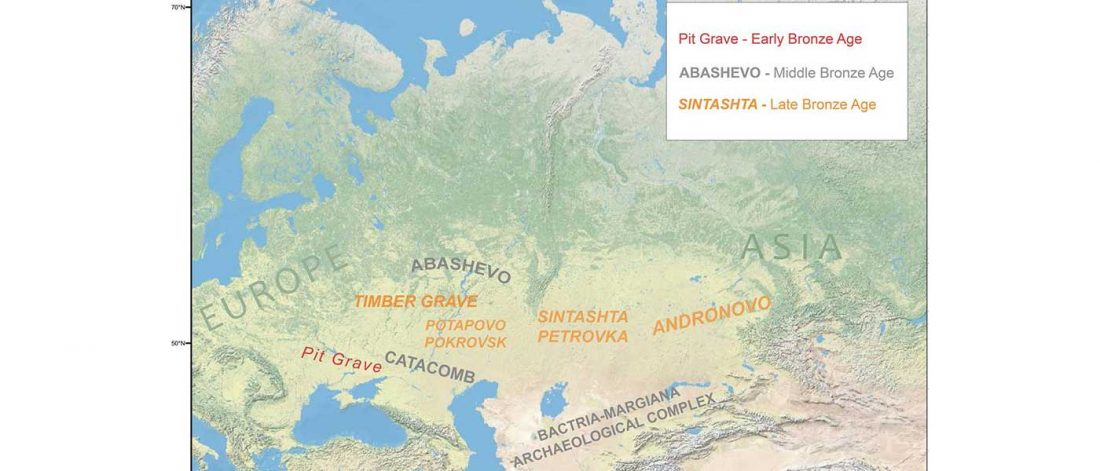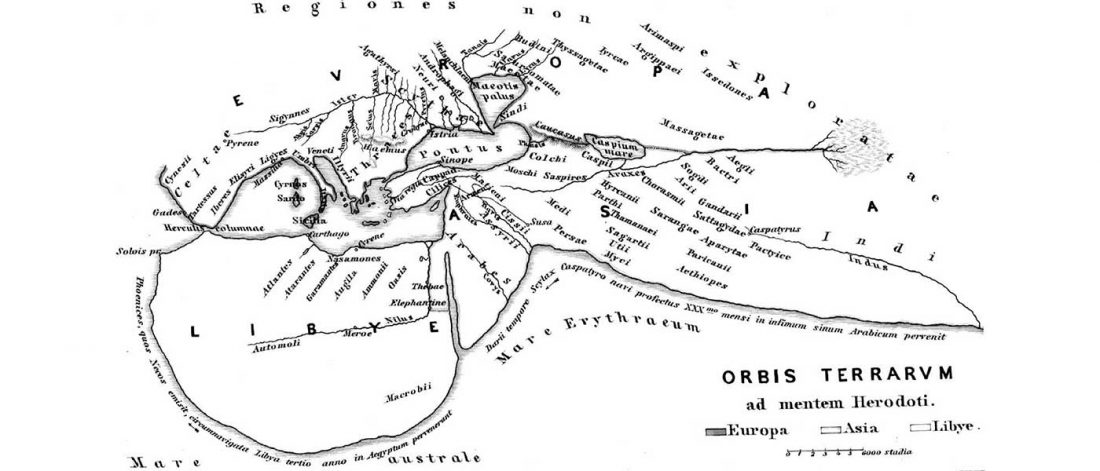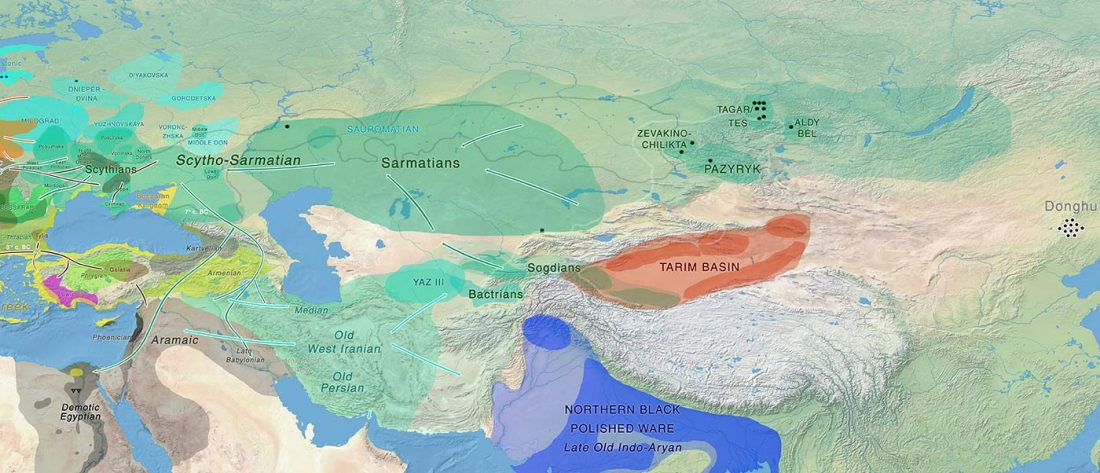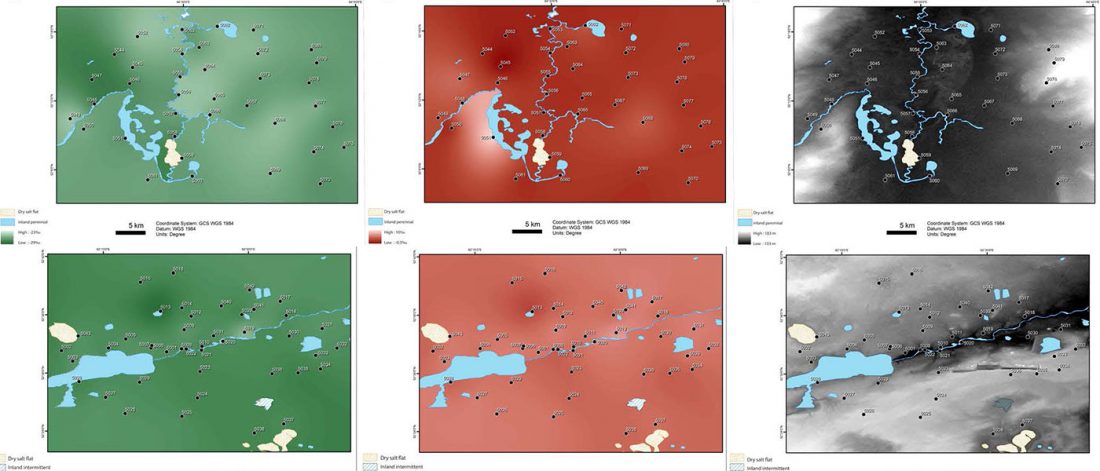New paper (behind paywall), Eurasian Steppe Chariots and Social Complexity During the Bronze Age, by Chechushkov and Epimakhov, Journal of World Prehistory (2018).
Interesting excerpts (emphasis mine):
… Read the rest “Eurasian steppe chariots and social complexity during the Bronze Age”Nowadays, archaeologists distinguish at least three Bronze Age pictorial traditions on the basis of style, and demonstrate some parallels in the material culture. The earliest is the Yamna–Afanasievo tradition, which is characterized by the symbolic depiction of sun-headed men and animals. Another tradition is a record of the Andronovo people (Kuzmina 1994; Novozhenov 2012), who depicted in it their everyday life and the importance of wheeled transport (Novozhenov 2014a, b). Although petroglyphs







